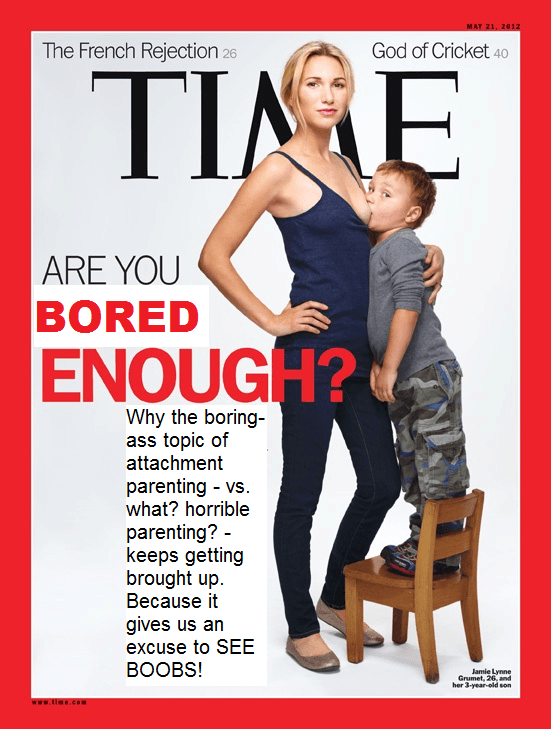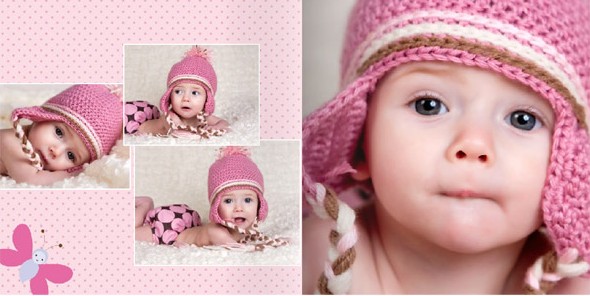There are lots of great ways you can create a safe, healthy and non-toxic haven for your precious little baby. Most baby products are completely safe, but it’s worth being aware that some choices of furniture, carpeting and even bedding could expose their child to a variety of chemicals that they’re better off without!
Paint: Paint the nursery walls with environmentally friendly paint that doesn’t release poisonous volatile organic compounds (VOCs) into the air. Ingredients such as turpentine, formaldehyde, any animal products should also be avoided. Look for VOC-free paint made from all-natural ingredients such as mineral pigments, beeswax, plant oils, crushed limestone, soy resins and buttermilk.
Also, paint the nursery in far in advance and keep windows open to air out the fumes!
Flooring: Carpeting can trap mold, dust mites, and other allergens. Instead, choose wood flooring made from wood from sustainably managed forests such as bamboo or lyptus. Finish them with a nontoxic or natural sealant.
Linoleum, made of all-natural materials (sawdust, linseed oils, pigments and a jute backing) is soft underfoot, and easy to clean. Consider cork, too. It’s a natural insulator of both heat and sound, and soft enough to cushion those inevitable tumbles.
Rugs: To cozy up the room, select nontoxic carpets and area rugs made from natural, untreated fibers such as wool, organic cotton, hemp and jute. Synthetic carpeting can harbor over 100 toxic and carcinogenic chemicals.
 Tranquil Nursery Collection by CoCaLo via Babble
Tranquil Nursery Collection by CoCaLo via Babble
Furnishing: Look for furnishing with a water-based aluminum oxide with no volatile organic compounds (VOC) emissions. Avoid furniture made with plywood, particle board, and medium-density fiberboard (MDF) because they often contain formaldehyde in their glues. Used furniture that’s already a few years old is also a good choice, as it is likely to have released all the harmful chemical fumes by now. (Recycling furniture is also a more affordable options compared with buying new, solid wood furniture!)
Mattress: Pick a baby mattress made with wool casings or organic cotton filling. Regular mattresses that are treated with fire retardants, stain- and moisture-resistant formulas contain harmful and potentially cancer-causing chemicals. You can also find pillows stuffed with natural stuffing such as kapok, buckwheat hulls, untreated wool, organic cotton or synthetic-free latex.
If you do purchase a regular mattress, air it out for a couple of moths before use. you can also cover it with an organic mattress pad protector.
Bedding: Look for organic all-cotton bedding for the crib. Conventional cotton is one of the most heavily pesticide-sprayed crops, and the chemicals could irritate your baby’s sensitive skin. Permanent-press sheets are treated with formaldehyde, a known carcinogenic.
Window Treatments: Organic cotton curtains are a safe and pretty option. Mini blinds, made of PVC, have been shown to give off gas when heated by the sun.
Toys: Safe toys are especially important because most of your baby’s playthings will end up in her mouth! Choose toys made with wood or natural fibers, and decorated with nontoxic paints. Steer clear of plastic toys made with PVC (polyvinyl chloride). This material releases toxins into the environment throughout its lifecycle.
Cloth Diapers: Although they require more of a time investment than disposable diapers, cloth diapers pollute less. Because they are chemical-free they may also be less irritating on your baby’s skin.
Fresh Air: You may decide to invest in an air purifier to clear the room of chemicals, gases, and household allergens. Open the windows daily to bring in fresh air and circulate out stale air.
Recycle: Ask friends and relatives for their old baby gear, shop at secondhand stores, and check out recycling/sharing websites (such as Zwaggle, where you can find used stuff and give away your own used gear — no money required!)
For more info, visit:
BabyZone: Eco Friendly Nursery Basics
eHow: How to Create an Eco-Friendly Baby Nursery




